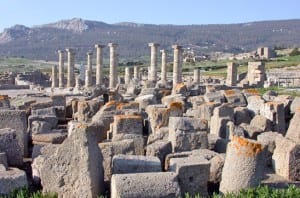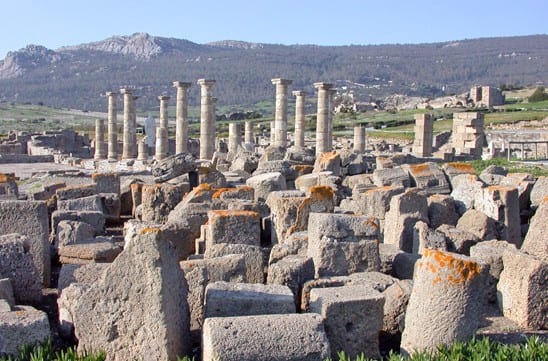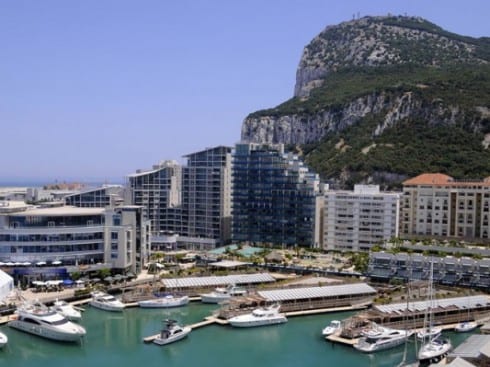THE Roman ruins of Baelo Claudia have encountered a new threat that has nothing to do with the weather or time.

The increasingly popular practice of geocaching has been denounced for its negative effects on the area, next to Bolonia on the Costa de la Luz.
Geocaching involves hiding objects for other people to find and then replace, using GPS coordinates and often clues.
Baelo Claudia’s management says the practice is causing major structural damage, particularly to the stone wall of the parking lot where geocaches are hidden.
They claim that stones are being moved, causing damage to walls as well as resulting in tripping hazards.
Furthermore, they intend to take legal action to prevent geocaching on the ancient site, in accordance with the Andalucía heritage laws.












*Sigh
It’s carp like this that gives Geocaching a bad name. It’s a shame that more hiders don’t think about the location they’re hiding the cache, and how it may affect the area it’s in.
Too bad the hiders and seekers have forgot the rules of placing a cache so that the number 1 rule is NOT EVER on a monument or a historic place and to always respect the earth and what we have here to share it with future generations. We love Geocaching and finding new beautiful places but would never ever destroy or change any part of a place whether historic or not.
I doubt that Baelo Claudia’s management can actually take “legal action” against anyone but more importantly, I’m sure that if they contacted geocaching.com, the cache would be removed at least from the website and probably the actual container–provided geocaching.com is where the cache is listed. It’s unfortunate that this has happened but it’s not newsworthy. It’s just a problem with a simple solution.
Luckily the ruins itself were never at risk since the geocache was located outside the archeological site. Yes, it was hidden in a stone wall, but I estimate it to be late 20th or early 21th century (presumably the latter).
Nevertheless, the geocache should only have been placed with permission of the management and geocachers should never disturb the environment.
There were never any geocaches hidden among, or endangering the ruins. There was one geocache in a modern wall in the parking lot. That cache was removed before this article was published.
A misleading headline. The cache in question was damaging a modern wall in the parking lot and removed once the damage was reported. There never has been a cache hidden among the ruins and they have never been endangered by geocaching.